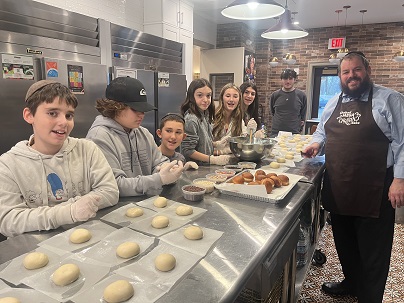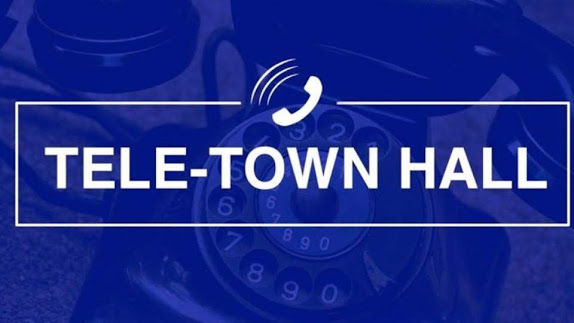By Peter Lyons Hall
On Saturday, 2024, a presentation by Greenwood Lake history researcher, Stephen Gross, will relate how a trio of men collaborated in the first successful launch of mail from a rocket in the US on Orange County’s largest fresh-water lake back in the winter of 1936. The event is scheduled for 1 p.m., at the Elks Lodge, 2067 Chestnut St., Greenwood Lake, NY 10925, as part of the Greenwood Lake Centennial series of events commemorating the 100th Anniversary of the Village.
In 1903 Russian-born scientist Konstantin Eduardovitch Tsiolkovsky, according to Spaceline.org, outlined in scientific terms “exactly how a reaction thrust motor could demonstrate Newton’s Third Law to allow men to escape the bounds of Earth,” leading to the design of his first rocket, powered by a combination of liquid oxygen and liquid hydrogen, which would create an explosive mixture at the narrow end of a tube. Thirty-three years later on a frozen Greenwood Lake, 1,500 spectators would watch the first successful application of his research in the US as a three-person collaboration would attempt to launch mail from the New York side of the border to the Hewitt, New Jersey side.
On February 23, 1936 two 15-foot wingspan airplanes were prepared to be launched from a frozen Greenwood Lake, New York. On those days, the winters were so cold and the ice was so thick that the lake became a source for ice harvesting for New York City hotels and for home and marine “ice boxes” that could preserve food. Each rocket was powered by a single engine that burned a combination of liquid oxygen and alcohol. And each one carried a number of commemorative envelope covers and postcards. “One airplane crashed after a 15-second flight when its wings tore off. The other reached an altitude of 1,000 feet before its combustion chamber ran out of fuel. Flight operations were supervised by noted author Willy Ley,” reported GardenStateLegacy.com
The Rocket Airplane Mail Flight on February 23, 1936, was an event that focused national attention on Greenwood Lake at the NY/NJ state line. It brought together three men with very different purposes. Rocket scientist Willy Ley saw an opportunity for a legitimate test of a design for a small rocket-powered winged airplane. Frido “Fred” Kessler, a New York City stamp dealer, loaded the rocket with postcards and covers that he could sell to waiting collectors. John Schleich, a local businessman and future mayor, saw an opportunity to put Greenwood Lake on the map. In the end, the efforts of these men culminated in “one small step” in the advancement of the young field of rocket science. The rocket plane now hangs in the Aviation Hall of Fame and Museum of New Jersey at Teterboro Airport.
How successful was it? Gross encouraged attendees to “judge for themselves from the original newsreel footage!” But as will also be revealed in this presentation, the story of this experiment at Greenwood Lake includes sabotage and evidence that it may have played a significant role in the Nazi’s reign of terror in WWII.
The event will start at 2 p.m. with an outdoor demonstration designed for kids. Jim Hall, NASA Solar System Ambassador, will explore the main way that rockets get to space. The big push of the rocket is called thrust. There are many ways to create thrust; water, hydrogen, oxygen, steam, reaction, and even electric for spacecraft. Using household items like baking soda and regular vinegar to create thrust, he plans to launch a lightweight rocket hopefully higher than the 1936 launch. This is a STEAM or STEM project from NASA.
Then, at 3 p.m., the presentation will move indoors for a PowerPoint and video presentation by Greenwood Lake historian Stephen Gross. There will also be an extensive display of original memorabilia associated with the 1936 Greenwood Lake rocket mail, including actual pieces of mail carried in the rocket. Admission is FREE! Donations to support this and other Greenwood Lake Centennial events throughout 2024 are graciously accepted. Learn more at GWLCentenmial.org.






